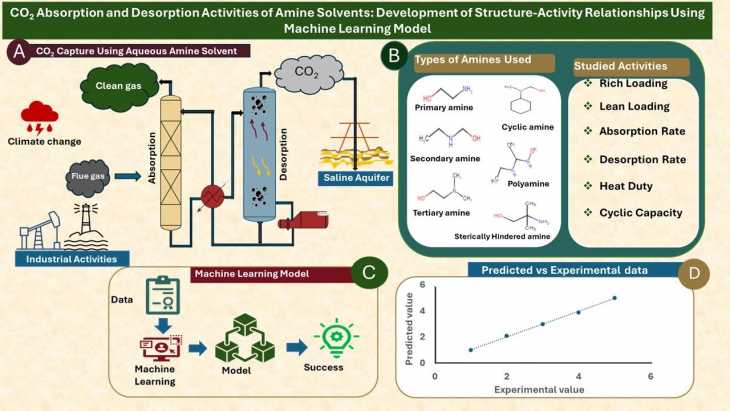
MATHEMATICAL MODELLING AND SIMULATION OF CO2 CAPTURE USING POTASSIUM GLYCINATE IN AN ABSORPTION COLUMN
As global industrialization accelerates, the demand for materials and energy, mostly derived from fossil fuels continues to rise.....
Read More
BIOETHANOL PRODUCTION FROM PELAGIC SARGASSUM WASTE AND ITS POTENTIAL AS A FUEL BLEND ADDITIVE
Utilisation of algal biomass for the production of biofuels has generated a significant interest over the past years.....
Read More
ENHANCED REGENERATION OF CO2-LOADED AMINE SOLVENT OVER NH4HF2 AND Ce2(SO4)3.8H2O MODIFIED HZSM-5 CATALYST
Increased levels of carbon dioxide in the atmosphere are widely accepted as the main cause of greenhouse effect and global warming......
Read More
DEVELOPMENT OF RENEWABLE NON-ISOCYANATE POLYURETHANE FROM WASTE OIL-BASED POLYOLS: APPLICATION FOR POROUS MATERIAL
Polyurethane (PU) is widely employed in various applications, including foams, coatings, adhesives, and elastomers, due to its exceptional versatility, durability, and mechanical properties.....
Read More
Stability Studies of a Novel Amine Blend for the Capture of CO2 Generated from Indirect Co-Combustion of Natural Gas and Biomass
The use of chemical solvents for post-combustion capture (PCC) of CO2 has proven to be a significant technology for reducing CO2 emissions.....
Read More
Investigative Studies of the Stability of an Amine Blend in the Presence of Flue Gas Dust and O2 in a CO2 Capture Process
This research focuses on examining the stability of an amine blend in the presence of impurities from flue gas......
Read More
Towards Achieving Net-zero Emissions from the Co-combustion of Natural Gas and Biomass: A Commercial Pathway for Evaluating the Performance of a Novel Solvent Blend
The pressing need to reduce greenhouse gas emissions, particularly CO2, necessitates a clean-up of the energy sector. Coal, traditionally valued for its abundance, low cost, and reliability, unfortunately emits significant amounts of CO2 contributing to air pollution, acid rain, and climate change issues.....
Read More
Storage and Utilization of CO2 in Ready-mix Concrete Using CO2-loaded Aqueous Inorganic Solvent
Recently, there has been significant attention focused on utilizing captured CO2 to produce valuable materials. An example is sequestering CO2 through mineral carbonation and converting it into a commercially valuable product (Jang et al., 2016. Constr Build Mater, vol. 127, pp. 762–773, Elsevier Ltd).....
Read More
Using Catboost-SMOTE Machine Learning to Discover Brand New Amines which can be Synthesized and Tested for their CO2 Capture Performance
This post highlights a powerful statistical technique known as Synthetic Minority Over-sampling Technique (SMOTE) that was also used in combination with Categorical Boosting (Catboost) technique in our recently published work on development of a predictive degradation model of amine used in CO2 capture process. Theoretically, SMOTE is...
Read More
CO2 Absorption and Desorption Activities of Amine Solvents: Modeling of Structure-Activity Relationship Using Machine Learning
Selecting amine solvents for CO2 post-combustion capture application requires an experimental screening of the solvents to determine their performance...
Read More